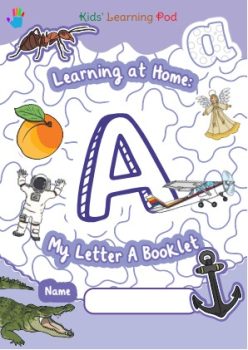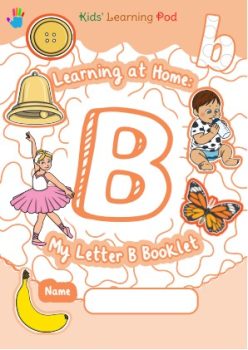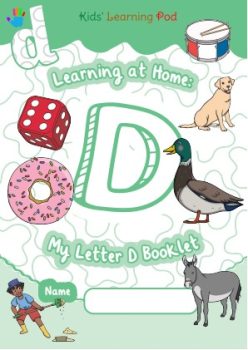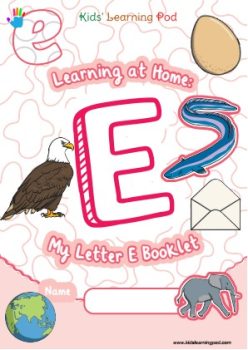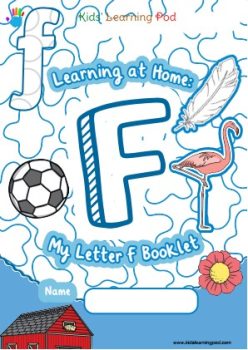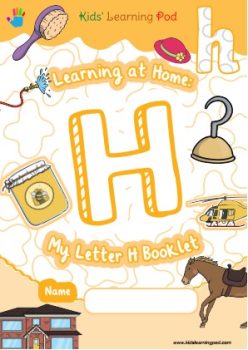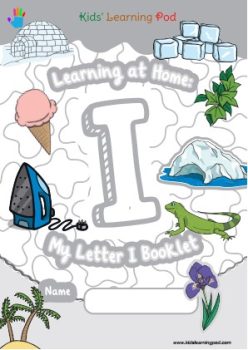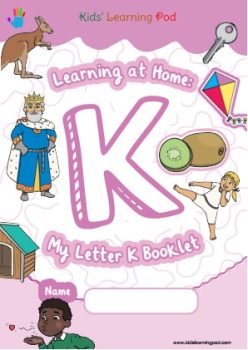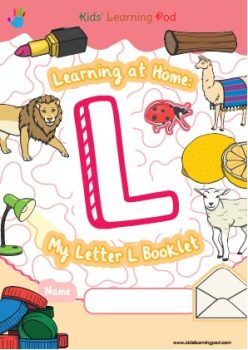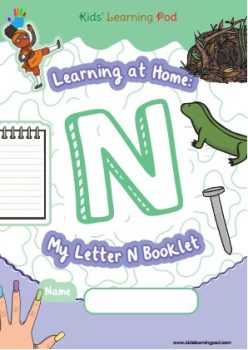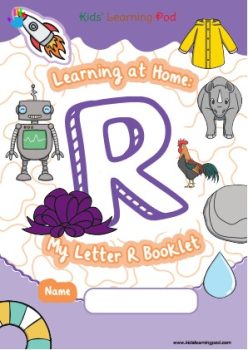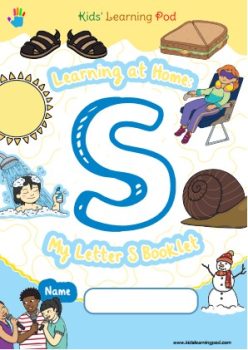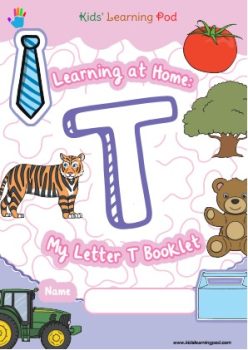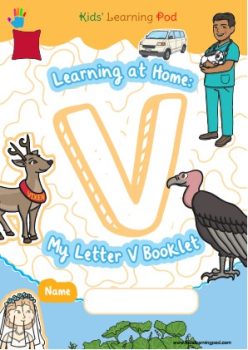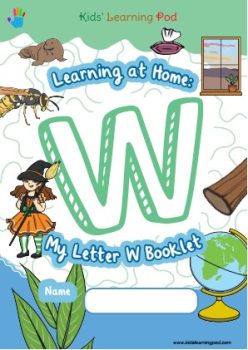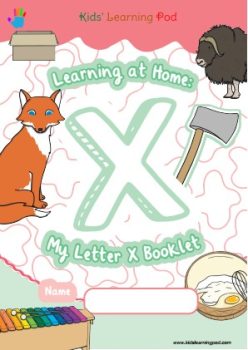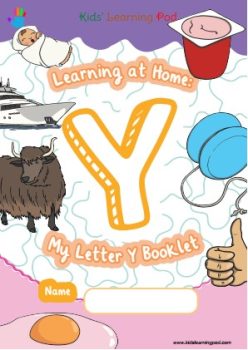English Alphabet Worksheets
Alphabet recognition and practice is important because it is the foundation of language and literacy development. Learning the alphabet allows children to understand the sounds that letters make and how they come together to form words. This knowledge is crucial for reading, writing, and communication.
Furthermore, practicing the alphabet helps children improve their fine motor skills as they learn to write each letter accurately. It also enhances their cognitive abilities as they develop memory and problem-solving skills while trying to remember and recall each letter.
In addition, recognizing letters and understanding their order in the alphabet can help children with organization, sequencing, and sorting. This skill can extend beyond language learning and be applied to other areas such as math and science.
Moreover, early exposure to the alphabet can spark a love for learning in young children. By making alphabet recognition fun and engaging, children are more likely to develop a positive attitude towards learning, setting them up for future academic success.
Overall, alphabet recognition and practice play a crucial role in a child’s cognitive, social, and emotional development. It is an essential building block for their education journey and sets them on the path towards becoming proficient readers and effective communicators.
Our English worksheets are designed to help young learners develop their language skills in a fun and engaging way. These free resources cover a wide range of topics, from basic vocabulary and grammar to more advanced concepts like reading comprehension and writing.
With our colorful and interactive worksheets, kids will have a blast while learning important language skills. Each worksheet is tailored for different age groups, so you can easily find the right level of difficulty for your child or student.
Our worksheets are also great for parents who want to supplement their child’s education at home. Whether it’s practicing spelling words or expanding their vocabulary, our worksheets provide a structured and effective way to reinforce learning outside of school.
Alphabet worksheets are an essential tool for young children learning the English language. They provide a structured and interactive way for children to practice their skills in letter recognition, writing, and phonics.
One of the main benefits of using alphabet worksheets is that they help children develop fine motor skills as they learn to hold a pencil and write. The repetitive nature of tracing letters helps improve hand-eye coordination and muscle control.
In addition to physical development, alphabet worksheets also aid in cognitive development. As children complete the worksheets, they are required to think critically about letter shapes, sounds, and their sequence – all important skills for reading and writing.
Moreover, alphabet worksheets foster independent learning as children can work through them at their own pace. This allows for differentiated learning, where each child can focus on areas where they need more practice.
Furthermore, these worksheets make learning fun and engaging through colorful visuals and interactive activities. This not only captures the attention of young learners but also helps them retain information better.
With the free download of English alphabet worksheets available online, parents and teachers have access to an endless supply of resources that can be tailored to suit individual needs. These worksheets are useful for students at various stages of learning – from beginners just starting to grasp letter recognition to advanced learners refining their writing skills.
The importance of alphabet worksheets cannot be overstated when it comes to teaching young children how to read and write in English. Their effectiveness lies in providing a comprehensive approach to developing key language skills while making the learning process enjoyable for students.
Best of all, these resources are completely free to use! No need for expensive work. Download free worksheets!
Color Your Way to Learning: The Ultimate Alphabet Coloring Pages PDFs (All 26)
Introduction
Welcome to a world where learning meets creativity! If you’re a parent or teacher, you’ll love the magic of alphabet coloring pages. These educational tools are not just about coloring; they are gateways to cognitive development, fine motor skills, and imaginative play. In this comprehensive guide, we’ll explore how alphabet coloring pages in PDF format can revolutionize early childhood education. We’ll also provide actionable tips on making the most out of these resources. So, grab your crayons and let’s dive in!
Importance of Alphabet Learning
Learning the alphabet is a fundamental milestone in a child’s educational journey. It lays the foundation for reading and writing skills that will serve them throughout their life. Recognizing and memorizing letters helps children understand the sounds each letter represents, which is crucial for phonemic awareness and literacy.
Early Cognitive Development
Alphabet learning enhances cognitive skills such as memory and concentration. When children associate letters with sounds and images, they create mental connections that aid in information retention.
Building Language Skills
Understanding the alphabet is the first step toward mastering a language. It helps children form words, sentences, and eventually fluency in reading and writing. By coloring alphabet pages, children can also learn vocabulary associated with each letter and expand their language skills.
Fine Motor Skills
Coloring is an excellent activity for developing fine motor skills in young children. It requires hand-eye coordination, grip control, and precision, which are essential for tasks like writing and drawing.
The Power of Coloring Pages
Coloring has long been recognized as a beneficial activity for children’s development. Combining it with learning the alphabet amplifies its benefits even further. Here are some reasons why coloring pages are an incredible tool for early childhood education:
Visual Learning
Children respond well to visual stimuli, and coloring pages provide just that. By associating letters with images, children can easily remember them, making it an effective learning tool.
Imagination & Creativity
Coloring pages foster imaginative thinking in children. While some color within the lines, others create their own versions of the alphabet characters. Both approaches are beneficial as they encourage creativity and self-expression.
Relaxation & Focus
Coloring requires focus and concentration, which can help children relax and de-stress. In today’s fast-paced world, this is a valuable skill for young minds to develop.
How to Use Alphabet Coloring Pages Effectively
Now that we understand the importance and benefits of alphabet coloring pages, let’s explore some tips for making the most out of these resources:
Make It Fun
Learning should be fun! Encourage children to express themselves through color and creativity. Let them choose their own colors and use their imagination when coloring.
Incorporate Different Learning Styles
Children have different ways of learning, so it’s essential to incorporate a variety of techniques. For example, you can ask children to write the letter they are coloring or practice saying its sound.
Use Them as Teaching Aids
Alphabet coloring pages can serve as visual aids while teaching. Display
Educational Milestones
Mastering the alphabet prepares children for more advanced educational milestones. It sets the stage for spelling, vocabulary building, and even critical thinking.
Role of Coloring in Learning
Coloring isn’t just a pastime; it’s a powerful educational tool. It combines fun with learning, making it easier for children to grasp new concepts.
Enhancing Focus
Coloring requires attention to detail, which improves focus and concentration. Children learn to stay within lines and choose colors thoughtfully, which translates to better academic performance.
Motor Skill Development
The act of holding a crayon and coloring within lines enhances fine motor skills. These skills are essential for writing, tying shoelaces, and other tasks requiring hand-eye coordination.
Stimulating Creativity
Coloring allows children to express themselves. It encourages them to think creatively and make artistic choices, fostering an appreciation for art and creativity.
What are Alphabet Coloring Pages?
Alphabet coloring pages are specially designed sheets that combine letters with images for children to color. They serve a dual purpose: teaching the alphabet and providing a creative outlet.
Definition and Purpose
Alphabet coloring pages feature each letter of the alphabet accompanied by an image that starts with that letter. For example, the letter ‘A’ might be paired with an apple. The primary purpose is to reinforce letter recognition while making learning enjoyable.
Different Types of Alphabet Coloring Pages
There are various types of alphabet coloring pages to cater to different learning needs:
- Basic Letters: Simple designs focusing solely on the letter.
- Themed Letters: Letters combined with themes like animals, fruits, or vehicles.
- Interactive Pages: Pages that include activities like tracing or matching letters with images.
Benefits of Alphabet Coloring Pages
Alphabet coloring pages offer a plethora of benefits, from cognitive development to creativity.
Enhancing Cognitive Skills
Coloring pages help children recognize and remember letters. Associating letters with images reinforces learning and aids memory retention.
Boosting Creativity and Imagination
Children have the freedom to choose colors and experiment with designs, boosting their creativity and imagination.
Developing Fine Motor Skills
The precise movements required for coloring enhance fine motor skills, preparing children for writing and other tasks requiring dexterity.
Encouraging Independent Learning
Coloring pages encourage children to learn at their own pace. They can explore letters and images independently, fostering a sense of autonomy.
Why Choose PDF Format?
PDFs are a convenient, versatile, and accessible format for alphabet coloring pages. They offer several advantages over other formats.
Convenience and Accessibility
PDFs can be easily downloaded and accessed on various devices. Whether you’re at home or on the go, you can provide learning resources to your child effortlessly.
Easy Printing and Sharing
PDFs are printer-friendly and can be shared easily via email or cloud storage. This makes it simple to print multiple copies or share with fellow parents and teachers.
Versatility in Use
PDFs can be used in various settings, from classrooms to home learning environments. They can be printed, uploaded to tablets, or used in interactive whiteboards.
How to Use Alphabet Coloring Pages Effectively
To maximize the benefits of alphabet coloring pages, it’s essential to incorporate them effectively into your child’s learning routine.
Incorporating into Daily Learning Routine
Make alphabet coloring a part of your daily activities. Set aside specific times for coloring sessions to create a structured learning environment.
Combining with Other Learning Activities
Pair coloring pages with other educational activities like storytelling, singing alphabet songs, or playing letter games. This holistic approach reinforces learning.
Encouraging Group Activities and Social Learning
Organize group coloring sessions to promote social interaction. Children can learn from each other, share ideas, and develop teamwork skills.
Popular Themes for Alphabet Coloring Pages
Themes make learning more engaging and relatable. Here are some popular themes that captivate children’s interests.
Animals
Animal-themed coloring pages are a hit among young learners. Each letter can be associated with an animal, like ‘B’ for bear or ‘C’ for cat.
Fruits and Vegetables
Introduce healthy eating habits while teaching the alphabet. ‘A’ for apple, ‘B’ for banana, and so on.
Toys and Everyday Objects
Use familiar objects to teach letters. ‘T’ for truck, ‘D’ for doll, and other everyday items.
Fantasy and Adventure Themes
Stimulate imagination with fantasy themes. ‘D’ for dragon, ‘U’ for unicorn, and other mythical creatures.
Creating Custom Alphabet Coloring Pages
Customizing coloring pages can add a personal touch and cater specifically to your child’s interests and learning needs.
Tools and Software to Use
Various tools and software are available for creating custom coloring pages. Canva, Adobe Illustrator, and even Microsoft Word offer templates and design options.
Steps to Create Personalized Pages
- Choose a Theme: Decide on a theme that interests your child.
- Design the Layout: Use software to arrange letters and corresponding images.
- Add Personal Touches: Include your child’s name or favorite colors.
- Save as PDF: Ensure the format is PDF for easy printing and sharing.
Benefits of Customization
Customized pages cater to individual learning needs and preferences. They can make learning more relatable and engaging for your child.
Top Resources for Free Alphabet Coloring Pages PDFs
Finding quality and free resources online can save time and money. Here are some top sources for alphabet coloring pages.
Educational Websites
Websites like Education.com, Scholastic, and ABCmouse offer a wide range of free coloring pages tailored to educational standards.
Teacher and Parent Blogs
Blogs run by teachers and parents often share printable resources. Websites like Teachers Pay Teachers or parent blogs frequently update their collections.
Online Libraries and Archives
Digital libraries like Open Library or Project Gutenberg may have historical or unique educational materials, including coloring pages.
Tips for Parents and Teachers
Maximize the impact of alphabet coloring pages with these practical tips.
Making Learning Fun
Introduce games and rewards to make learning more enjoyable. Praise and encourage your child’s efforts to keep them motivated.
Balancing Coloring with Other Educational Activities
Balance coloring with reading, writing, and physical activities. A well-rounded approach ensures comprehensive development.
Encouraging Kids’ Creativity
Allow children to experiment with colors and designs. Encourage them to tell stories about their drawings to stimulate creative thinking.
Advanced Alphabet Coloring Activities
For children who need more challenges, advanced activities can keep them engaged and learning.
Alphabet Puzzles and Mazes
Introduce puzzles and mazes that incorporate letters. These activities enhance problem-solving skills and letter recognition.
Interactive Coloring Apps
Digital apps offer interactive coloring experiences. Apps like Colorfy or Pigment combine technology with learning.
Combining Coloring with Craft Projects
Integrate coloring with crafts. Create letter-based art projects or DIY alphabet books to make learning hands-on and fun.
Maintaining Engagement
Keeping children engaged can be challenging. Regular updates and new challenges can maintain interest.
Regularly Updating Themes
Rotate themes to keep the content fresh and exciting. Seasonal themes like holidays or special events can add variety.
Introducing New Challenges
Add complexity to activities as children progress. Introduce advanced coloring techniques or more intricate designs.
Rewarding Progress
Celebrate milestones and achievements. Small rewards or recognition can motivate continued effort and participation.
Printable vs. Digital Coloring Pages
Choosing between printable and digital formats depends on various factors, including convenience and learning goals.
Advantages of Each Format
Printable Pages: Tangible, easy to use, and great for offline activities.
Digital Pages: Interactive, eco-friendly, and offer endless design options.
When to Use Printable vs. Digital
Use printable pages for traditional, hands-on activities. Opt for digital pages when traveling or to integrate technology into learning.
Conclusion
Alphabet coloring pages PDFs are valuable tools in early childhood education. They combine the joy of coloring with the foundational skill of alphabet learning. By understanding the importance and benefits of these resources, parents and teachers can create enriching, engaging, and effective learning experiences for children.
Remember, every stroke of the crayon is a step toward literacy and creativity. Embrace these tools, and watch your child’s skills flourish. Happy coloring!
FAQs
How can I download alphabet coloring pages PDFs for free?
Many educational websites, teacher blogs, and online libraries offer free downloads. Check out sites like Education.com and Teachers Pay Teachers.
Are alphabet coloring pages suitable for all ages?
While most suitable for early learners, older children can benefit from more advanced designs and themes.
How often should children use coloring pages for learning?
Incorporate coloring into the daily routine for optimal benefits. Aim for short, regular sessions rather than long, occasional ones.
Can I use alphabet coloring pages for group activities?
Absolutely! Group coloring sessions can promote social skills and teamwork.
What are the best themes for engaging children?
Animals, fruits, toys, and fantasy themes are popular and engaging for young learners. Choose themes based on your child’s interests.
